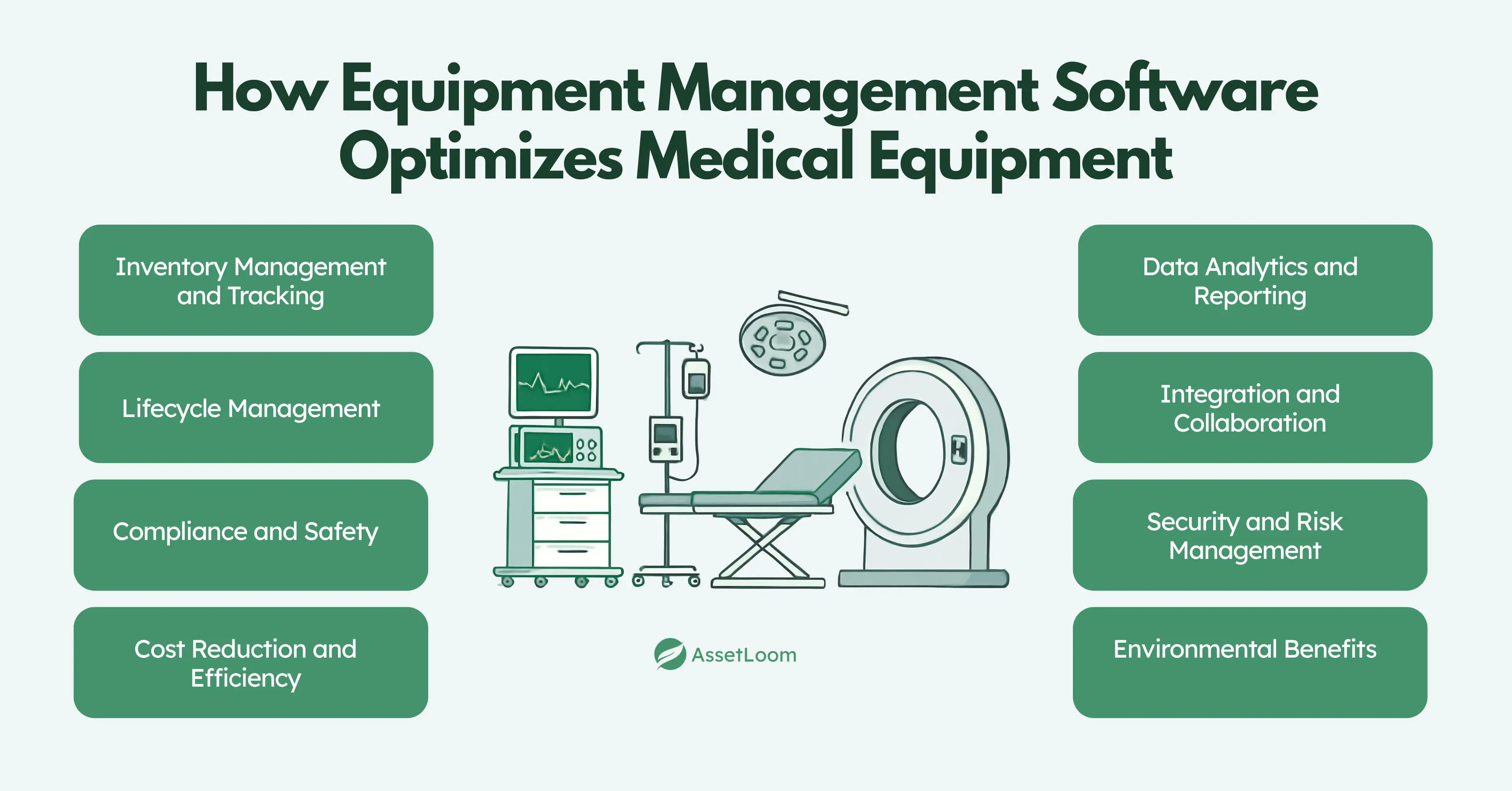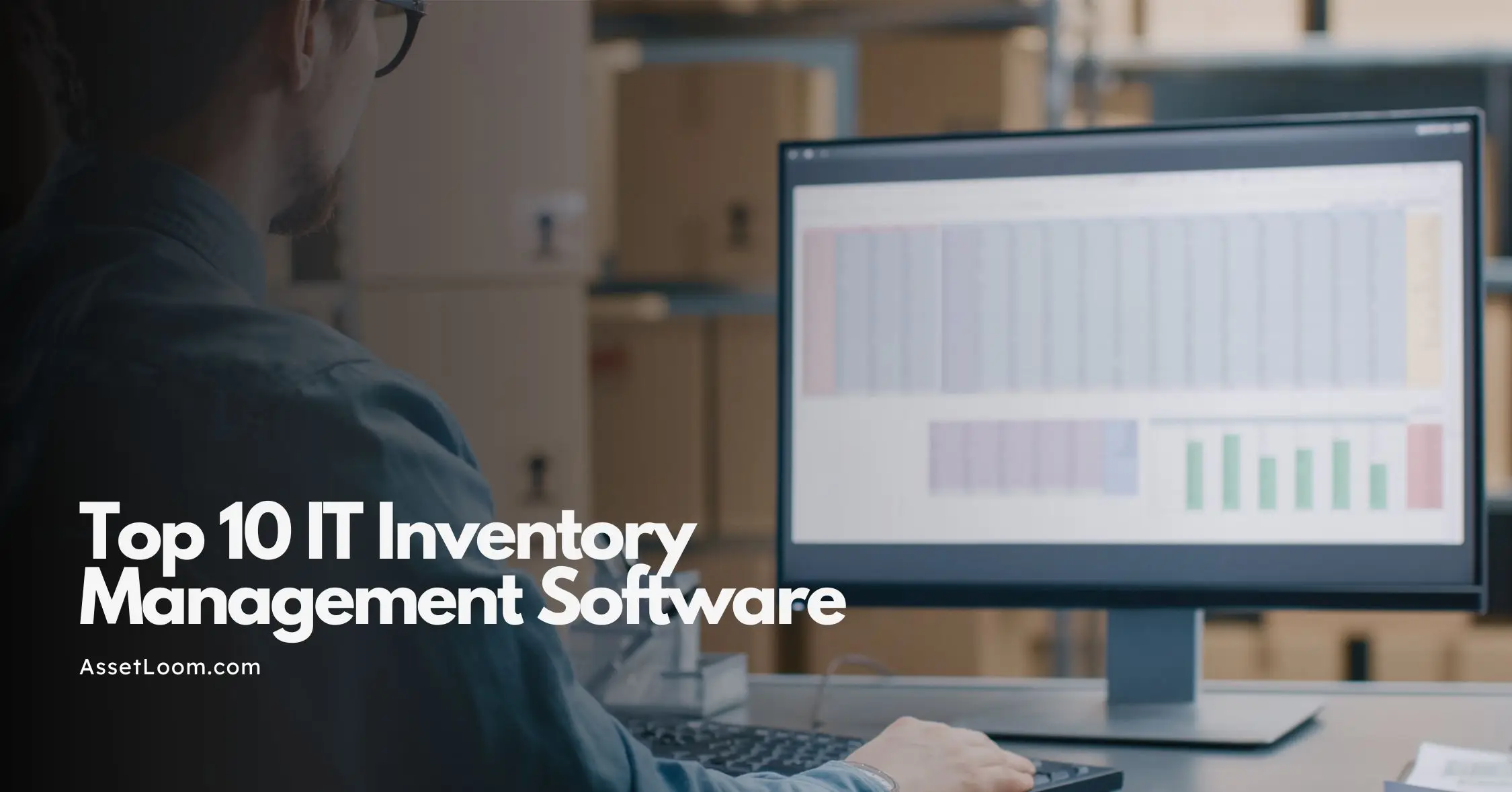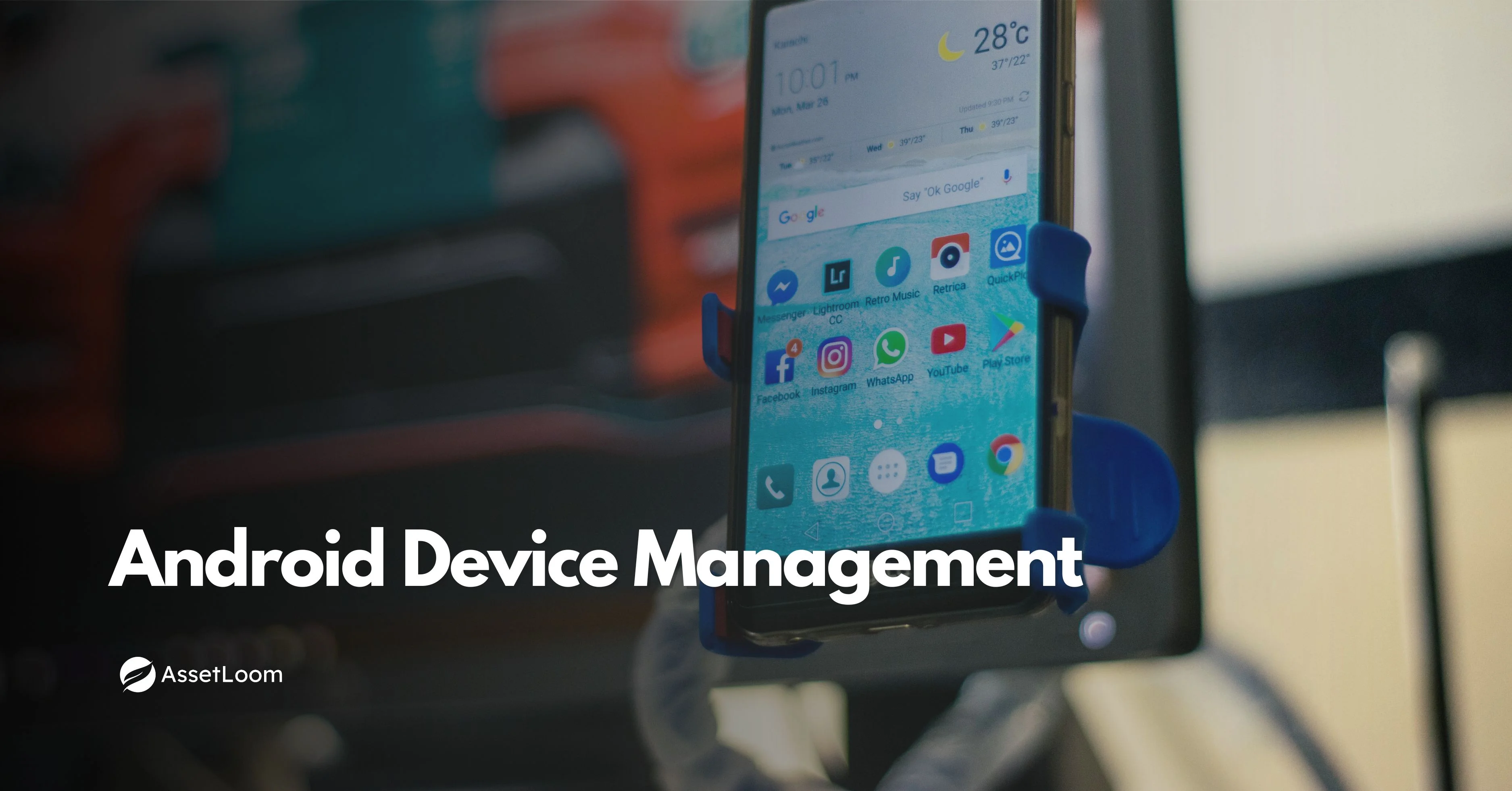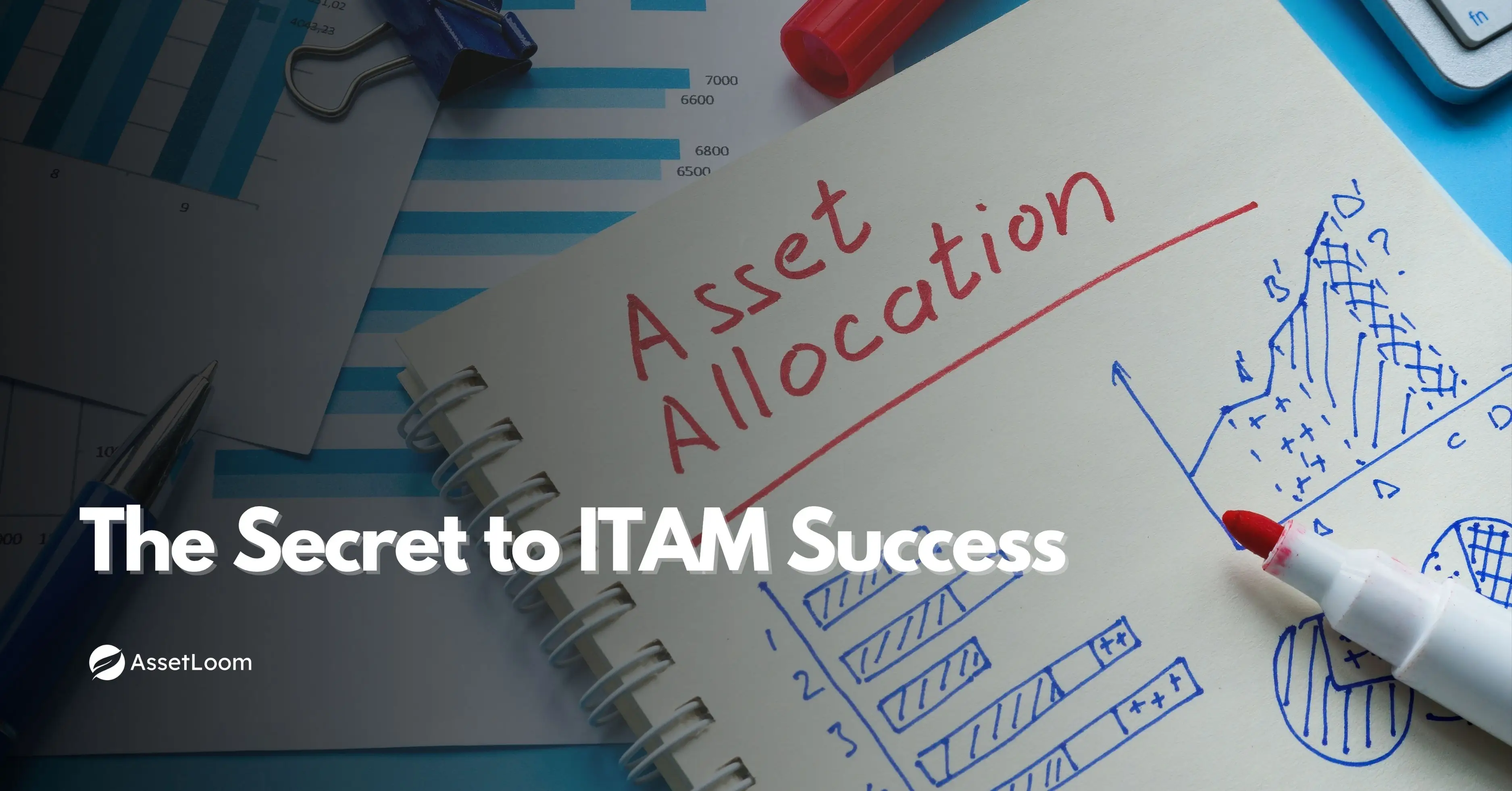Optimizing Medical Equipment with Equipment Management Software
Equipment management software streamlines tracking, maintenance, and compliance, reducing downtime and costs in healthcare facilities.
In hospitals and clinics, equipment failure or downtime can have serious consequences for patient care. With so many devices to keep track of, it’s easy to see how something could slip through the cracks. From ensuring devices are in working order to keeping up with regular maintenance schedules, the process can quickly become overwhelming for staff. On top of that, healthcare facilities must stay on top of regulatory requirements, which only adds to the complexity.
Equipment management software is a powerful tool that helps healthcare facilities keep track of their medical devices, schedule maintenance, and stay compliant with regulations. By automating these processes, it frees up valuable time for healthcare staff to focus on what matters most, patient care.
What is Equipment Management Software?
Equipment management software is a tool that helps organizations track, monitor, maintain, and manage their equipment from the moment it’s acquired until it’s no longer in use. This includes everything from medical devices like MRI machines and ventilators to smaller tools used by healthcare professionals.
The software makes managing equipment easier by automating tasks that would usually take a lot of time if done manually. Here’s how it works:
- Tracking and Monitoring: The software keeps track of where each piece of equipment is located, whether it's in use, being repaired, or in storage. This makes it easier for healthcare staff to find the equipment they need quickly and efficiently.
- Maintenance Scheduling: Instead of relying on paper logs or reminders, the software automatically schedules regular maintenance for each piece of equipment. It sends alerts when maintenance is due, helping to keep devices in good working condition and reducing the risk of unexpected breakdowns.
- Inventory Management: The software keeps a real-time record of all the equipment in the facility, helping you manage stock levels, avoid shortages, and prevent equipment from getting lost. This ensures you always have the right tools available when you need them.
- Compliance and Reporting: Medical equipment needs to meet strict regulations. Equipment management software helps track and document maintenance and inspections, making it easier to stay compliant with industry standards and simplifying audits.
By using this software, healthcare facilities can save time, reduce costs, and make operations more efficient. It helps ensure that medical equipment is always available, properly maintained, and ready for use, ultimately improving patient care and safety.
For those already familiar with IT asset management, adding equipment management software can bring even more benefits by managing both medical and IT assets in one unified system.
Why Medical Equipment Management is Critical
In healthcare, managing medical equipment is essential to providing safe and efficient care. Medical devices like ventilators, MRI machines, and infusion pumps are vital to patient treatment, and if they aren't properly maintained or tracked, it can lead to serious issues. Here's why effective equipment management is crucial in healthcare settings:
Ensuring Patient Safety
Medical equipment is essential for accurate treatment and patient monitoring. If a device malfunctions or isn’t available when needed, it can put patient safety at risk. For example, a failed heart monitor or broken ventilator could delay life-saving care. Proper management ensures that all equipment is in working condition and ready for use, reducing the chances of failure during critical moments.
Meeting Regulatory Compliance
Healthcare facilities must follow strict regulations to keep their medical equipment safe and compliant. These regulations ensure that equipment is properly maintained and meets health and safety standards. By managing equipment effectively, healthcare organizations can stay on top of necessary inspections and service requirements, avoiding legal and financial penalties.
Minimizing Equipment Downtime
When medical equipment breaks down or requires maintenance, it can disrupt patient care. A malfunctioning piece of equipment could delay surgeries, diagnostic tests, or treatments, which directly impacts patient care. Proper equipment management helps schedule routine maintenance and repairs, preventing unexpected breakdowns and reducing downtime, so devices are always ready when needed.
Extending Equipment Lifespan
Medical equipment is a significant investment. Regular maintenance helps extend the lifespan of devices, saving healthcare facilities from costly repairs or early replacements. Proper care ensures that equipment performs optimally for as long as possible, making the most out of the investment.
Controlling Healthcare Costs
Managing equipment well leads to cost savings. By keeping equipment in good working order, hospitals can avoid expensive repairs and extend the lifespan of devices. Better it inventory management also helps prevent over-purchasing and ensures that equipment is used to its full potential, which ultimately helps control healthcare costs.
Making Better Decisions with Data
Equipment management software provides valuable data about each piece of equipment, like its usage, maintenance history, and performance. This data helps healthcare providers make informed decisions about repairs, replacements, and investments. It also allows for more efficient budget planning and better resource allocation.
In healthcare, proper management of medical equipment is vital for patient safety, operational efficiency, and cost control. It ensures that equipment is available when needed, compliant with regulations, and performing at its best, all of which are essential for providing high-quality care.
How Equipment Management Software Optimizes Medical Equipment
Medical equipment management is essential in healthcare settings to ensure that devices are always ready for use, safe, and properly maintained. Equipment Management Software (Equipment management software) helps healthcare organizations achieve these goals by offering tools for inventory management, maintenance, compliance, cost control, and more. Here's how Equipment management software optimizes medical equipment in healthcare:

1. Inventory Management and Tracking
Equipment management software provides a centralized system to track all medical equipment in real time, offering visibility into their status—whether they’re available, in use, or under maintenance. This is critical for ensuring equipment is always accessible when needed, preventing delays in patient care.
- Barcode and RFID Technology: Barcode labels and RFID tags reduce the risk of error and misplacement, ensuring that equipment is tracked throughout its lifecycle.
- Asset Utilization Monitoring: Equipment management software tracks usage frequency, helping to identify underutilized or overused assets. This data informs decisions on redistribution or replacement, optimizing resource allocation.
- Example: AssetLoom provides automatic updates of equipment status and allows easy inventory management with tracking features.
Read also: 5 Reasons Why Every IT Department Needs IT Equipment Inventory Software.
2. Maintenance Scheduling and Lifecycle Management
Equipment management software enhances equipment reliability and lifespan through automated maintenance and predictive analytics.
- Preventive Maintenance: Equipment management software automates recurring maintenance cycles (e.g., sterilization or calibration), marking equipment as unavailable during the process to ensure readiness when needed.
- Predictive Maintenance: Using real-time data and AI algorithms, Equipment management software predicts potential failures and enables proactive repairs, reducing downtime and maintenance costs.
- Lifecycle Analysis: Equipment management software provides data on usage, maintenance costs, and expected lifespans, helping healthcare facilities make informed decisions about repairs or replacements.
- Example: SoftPro Medical automates maintenance scheduling for equipment like oxygen concentrators and CT scanners, ensuring timely servicing.
Read also: Breaking Down Equipment Lifecycle Management: 6 Core Processes
3. Compliance and Safety
Equipment management software ensures regulatory compliance by managing maintenance and inspections and tracking equipment safety, especially for high-risk medical devices.
- Regulatory Compliance: Equipment management software helps meet standards like GMDN, MDR, and UDI by tracking preventive maintenance and providing access to recall and hazard alerts.
- Audit Support: Equipment management software organizes routine audits and tracks asset utilization, reducing instances of lost, stolen, or damaged equipment.
- Sterilization Scheduling: Automated sterilization cycles ensure that equipment is safe to use while marking equipment as unavailable during the process.
- Example: AssetLoom helps healthcare facilities stay compliant by tracking sterilization and maintenance schedules.
4. Cost Reduction and Efficiency
Equipment management software drives cost savings and boosts operational efficiency by automating tasks, improving inventory management, and providing data for more strategic decisions.
- Cost Savings: Equipment management software minimizes procurement costs by optimizing inventory levels and reducing waste. It also helps minimize downtime, which can lead to higher reimbursements.
- Automation: Automating processes like work orders and inventory updates reduces human error and staff workload, allowing healthcare teams to focus on patient care.
- Real-Time Data: Equipment management software provides real-time visibility into equipment status and performance, enabling better resource allocation and improved scheduling.
- Example: AssetLoom optimizes resource allocation, automating inventory updates and task scheduling.
5. Data Analytics and Reporting
Equipment management software offers robust data analytics for performance metrics and strategic decision-making.
- Performance Metrics: Equipment management software analyzes equipment reliability, failure rates, and mean time between failures (MTBF), helping healthcare providers benchmark asset costs and improve maintenance strategies.
- Forecasting and Reporting: Equipment management software helps predict future needs, such as when to order new supplies or replace aging equipment. Customizable reports on maintenance costs, downtime, and availability support internal reviews and planning.
- Example: Accruent provides detailed analytics on equipment costs and performance, helping hospitals maximize ROI on medical equipment.
6. Integration and Collaboration
Equipment management software enhances interoperability and collaboration by integrating with other healthcare systEquipment management software, like Electronic Health Records (EHR), and providing real-time access via mobile devices.
- EHR Integration: Seamless data transfer between Equipment management software and EHR systEquipment management software ensures smooth workflows and automates equipment data sharing across departments.
- Mobile Access: Mobile apps allow staff to access equipment data and log maintenance requests on the go, improving responsiveness and operational efficiency.
- Example: SoftPro integrates with third-party software like Siemens Teamplay Fleet, ensuring data consistency and improving collaboration across teams.
7. Security and Risk Management
Equipment management software includes features to protect sensitive data and manage equipment-related risks.
- Preventive Cybersecurity: Equipment management software systEquipment management software enforces user-based permissions, standard operating procedures, and automated alerts to ensure secure access to equipment data.
- Risk Avoidance: By providing access to hazard alerts and recall information, Equipment management software helps avoid using faulty or unsafe equipment, safeguarding both patients and staff.
- Example: Accruent focuses on cybersecurity measures to protect healthcare data and prevent unauthorized access.
8. Environmental Benefits
Equipment management software supports sustainability efforts by reducing waste and improving equipment usage efficiency, which contributes to lowering the carbon footprint.
- Eco-Friendly Practices: By reducing overstocking and improving asset utilization, Equipment management software helps minimize waste and supports green initiatives within healthcare facilities.
- Example: Itefy highlights its eco-friendly approach by reducing unnecessary purchases and optimizing resource usage, aligning with sustainability goals.
Case Study
Background
St. John’s Hospital, a large healthcare facility with over 300 beds, faced challenges in managing its medical equipment. With hundreds of devices spread across various departments, ranging from diagnostic equipment like MRIs to life-saving tools like ventilators, tracking and maintaining equipment was a complex task. The hospital experienced frequent equipment downtime, misplaced devices, and inefficiencies in resource allocation, leading to delays in patient care and increased operational costs.
To address these issues, St. John’s Hospital decided to implement equipment management software to streamline the management of its medical assets.
Challenges Faced
- Inventory Management: The hospital struggled to keep track of the location and availability of equipment. Many devices were misplaced, leading to delays in treatment.
- Maintenance Delays: Regular maintenance was often missed, resulting in unexpected breakdowns and costly repairs.
- Compliance Issues: Meeting regulatory compliance for medical equipment was a challenge, with audit trails being incomplete or difficult to track.
- Cost Inefficiencies: The hospital was facing high operational costs due to inefficient resource allocation and overstocking of some equipment while lacking others.
Solution: Implementing Equipment Management Software
St. John’s Hospital decided to implement AssetLoom, an equipment management software solution designed to centralize equipment tracking, automate maintenance schedules, and improve asset utilization. The key features of the software included:
- Real-time Equipment Tracking: Using QR code technology, each piece of equipment was tagged and tracked across departments. The software updated the status and location of equipment in real time, ensuring that staff could quickly locate the necessary devices.
- Automated Maintenance Scheduling: The software automatically scheduled regular maintenance based on manufacturer guidelines and usage data. Alerts were sent to staff when equipment required servicing, reducing the risk of unplanned breakdowns.
- Compliance Monitoring: The software tracked the service history of each device, making it easy to generate compliance reports for audits. It also ensured that devices met necessary safety standards and were always ready for inspections.
- Data Analytics and Reporting: The software provided detailed reports on equipment performance, maintenance costs, and utilization. This data allowed the hospital to make more informed decisions about repairs, replacements, and resource allocation.
Results Achieved
- Improved Equipment Availability: By utilizing real-time tracking, St. John’s Hospital reduced the time spent searching for equipment by 30%. Devices were always available when needed, ensuring that patient care was not delayed.
- Reduced Downtime: Automated maintenance scheduling and predictive analytics helped reduce equipment downtime by 40%. The hospital no longer experienced unexpected breakdowns or costly repairs.
- Better Resource Allocation: The software’s asset utilization monitoring helped identify underused devices, allowing the hospital to redistribute equipment across departments, preventing overstocking and shortages. This led to a 25% reduction in unnecessary purchases.
- Increased Compliance: The hospital was able to generate audit-ready compliance reports with ease, reducing the risk of regulatory violations. All devices were tracked for service history, ensuring that they met safety standards.
- Cost Savings: By improving inventory control and reducing equipment downtime, the hospital saved approximately 20% annually on maintenance and procurement costs.
Conclusion
Efficient medical equipment management is key to delivering quality patient care and optimizing healthcare operations. By using equipment management software, healthcare facilities can streamline equipment tracking, automate maintenance, ensure compliance, and reduce costs. This software enhances equipment availability, reduces downtime, and improves resource allocation, ultimately leading to better patient outcomes and operational efficiency. Investing in equipment management software ensures that medical devices are always ready, compliant, and performing at their best, benefiting both healthcare providers and patients.

Related Blogs
Subscribe for Expert Tips and Updates
Receive the latest news from AssetLoom, right in your inbox.


